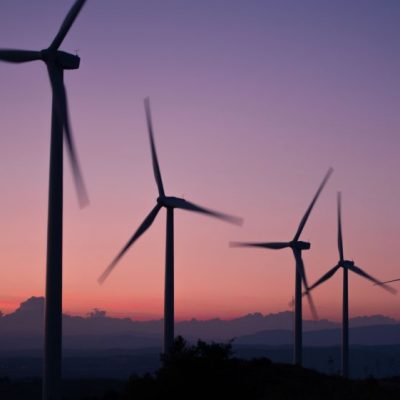
By John T. Finn August 29, 2018
It started with a deep sense of yearning. I was doing what I could to be informed about climate change, and to do my part as a responsible consumer, a careful green investor, and banking at our great local credit union. And of course when it came time to vote, I searched for candidates, local to national, who took climate change seriously and would at least promote energy efficiency. But as I learned more about the size and severity of our climate predicament, I saw that this was not sufficient. I wanted to do more.
When I first heard about Citizens’ Climate Lobby (CCL), I was intrigued, but also a bit put off by the name. My impression of anything “lobby” was quite negative, and I imagined some aggressive, slick little beltway pressure group. I was surprised to learn that CCL, it turns out, is none of those things. It is made up of thousands of volunteers across the country, organized into local chapters who meet face to face and engage in climate education and advocacy in a most respectful and considerate manner.
CCL trains volunteers to build relationships with elected officials, the media and their local community. In fact, there was something very familiar about the one of the core values of CCL – being nonpartisan: “Our group is open to all who are serious about solving climate change. You are welcome no matter where you live, what you wear, what you do for a living, or who you voted for in the last election. We work with elected officials and community leaders from across the political spectrum because we believe that everyone is a potential ally.” This reminded me of the Anabaptist notion of the “third way,” of the work of reconciliation and consensus-building that I had found in Mennonite churches and in Mennonite Central Committee. I began to feel much more at home.
The solution-centered focus of CCL was also appealing. When I volunteer with CCL, I work with others to generate the political will necessary for passage of our national Carbon Fee and Dividend (CF&D) proposal. Quantitative economics shows that a steadily increasing fee on carbon over 20 years would reduce emissions down to 50% of 1990 levels. The fee would be levied on a CO2-equivalence basis, at the point of entry, the mine, well or port. At the same time, 2.1 million jobs would actually be added to the U.S. economy.* The most vulnerable folks at the bottom and lower income levels would come out ahead, because all of the fee revenues would be returned to households. That holds true even in rural areas where more driving is the norm. The proposal includes a border adjustment system that would make it fair for U.S. businesses and would also encourage other countries to adopt similar carbon fees.
When we speak to groups about climate change and CF&D, we talk about the facts and educate on the legislative process. But I’m also part of a group that talks openly about climate hope, about transformation. That is why I volunteer with Citizens’ Climate Lobby.
John T. Finn, Ithaca, New York, is a licensed environmental engineer. He does pubic speaking and business liaison work through the NY-23 chapter of Citizens Climate Lobby. He and his wife Kate are members of Living Hope Fellowship, where John is engaged in pastoral care. He can be reached at jfinn.pe@gmail.com .
Resources: www.CitizensClimateLobby.org
* The Environmental, Economic and Health Impact of Carbon Fee and Dividend, Regional Economic Models, Inc. 2013. See citizensclimatelobby.org/remi-report/
